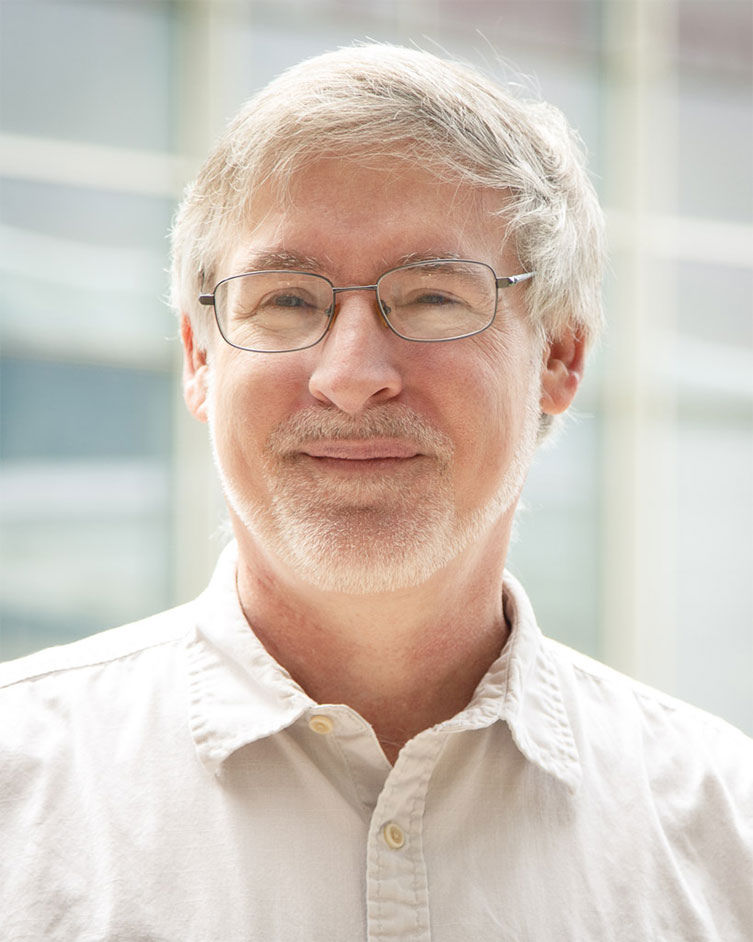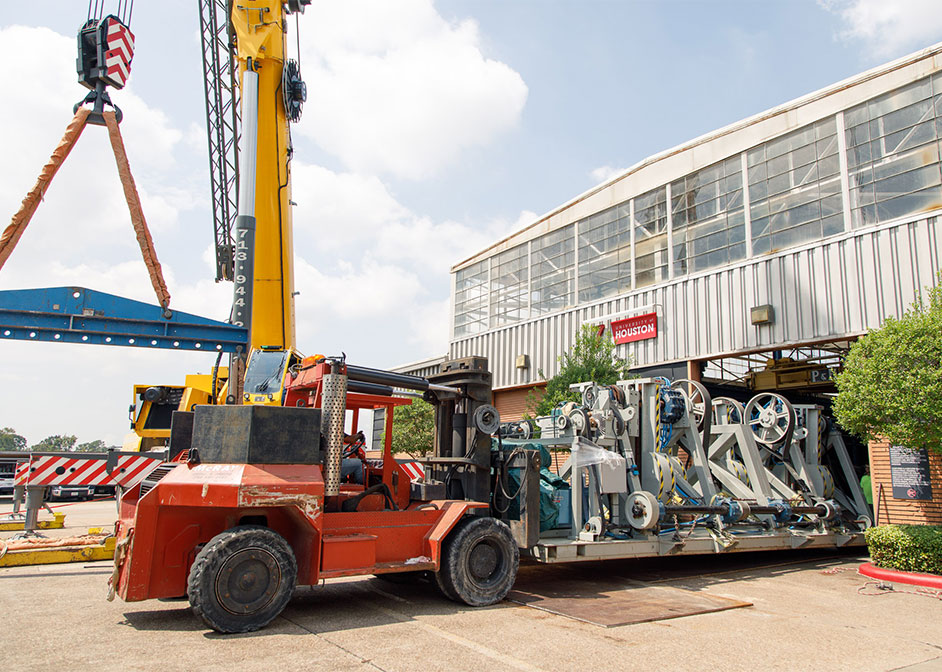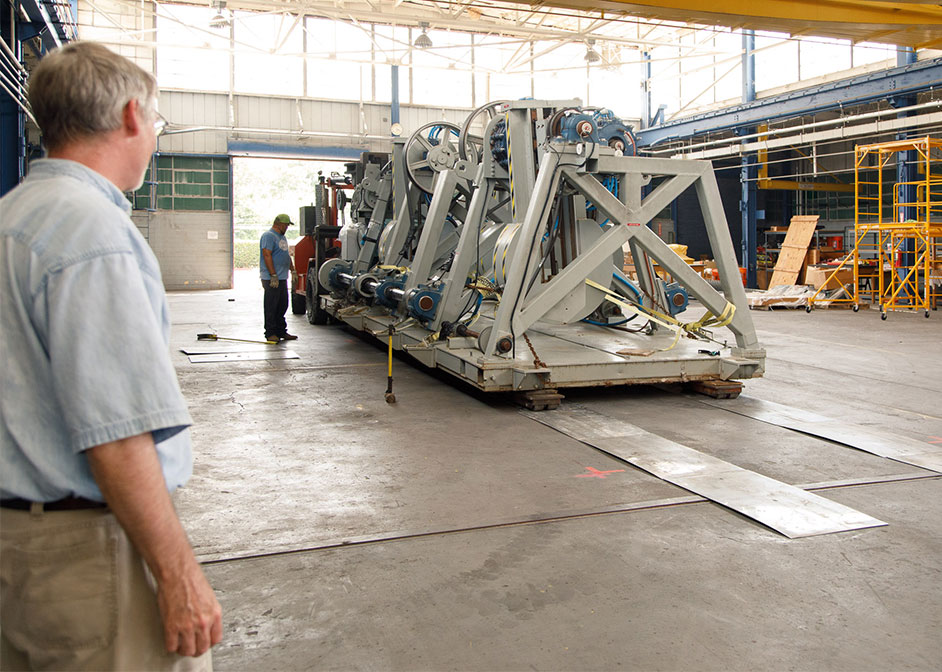Prototype Assists Mission of Low Frequency Seismic Technologies Consortium
The University of Houston received a 78,000-pound Counter Rotating Eccentric Mass Vibrator – eXperimental Prototype, or CREMV-XP for short. The device is the first of its kind and will support the mission of a new industry-supported research consortium at UH.

Low Frequency Seismic Technologies Consortium
This new consortium, called the Low Frequency Seismic Technologies Consortium, is focused on developing seismic exploration technologies that use wavelengths four times greater than current capabilities. These wavelengths correspond to two octaves of lower frequencies.
The consortium will build a collaboration between industry, government and academia, in order to expand seismic exploration and research opportunities.
“For many decades now, the seismic industry has been very good at getting information from the conventional seismic band, which is between about five and 80-100 hertz,” said Dr. Mark Meier, consortium director and a professor of physics in the College of Natural Sciences and Mathematics.
Full-Scale Experimental Prototype Will Allow for Testing Seismic Capabilities
A small-scale prototype has already been demonstrated and tested, showing capabilities down to one hertz. Now that a full-scale experimental prototype has been designed and fabricated, the consortium will focus on characterizing its capabilities and conducting field tests to establish performance metrics for seismic exploration and research in the new low frequency band.

Traditional seismic imaging can show the boundaries between rock layers. This data is often complemented by well logs and drilling cores, which offer information about the types of rocks contained under the surface.
“The real expenses are drilling, well logging and coring,” Meier said. “Seismic is considerably cheaper and gives you information over a wide geographical area, not just near the well bore.”
Seismic Inversion: Low Frequencies Are Critical
An alternative is seismic inversion, which can offer insights about the composition of rock layers and the fluids trapped inside them.
“Seismic inversion can tell you not just where the boundaries are, but also what the mechanical impedance of the material between the boundaries is,” Meier said. “With seismic inversion, it turns out the low frequencies are the most critical.”

Getting those two extra octaves is a tough technical challenge. The amount of force that conventional seismic technologies can provide at low frequencies to generate the long wavelengths is so small as to be impractical.
Given these constraints, the CREMV-XP was developed to circumvent the limits faced by traditional seismic technologies at low frequencies.
“We asked the question, ‘If we were to start from scratch, what would be the best technology to get these lower octaves?’” Meier said. “So we went back to fundamentals, evaluating the physics of the problem.”
CREMV-XP: Counter-Rotating Eccentric Mass Actuators Provide Force at Low Frequencies
The answer turned out to be counter-rotating eccentric mass actuators, which can create large forces at low frequencies. While traditional seismic technologies generate force similar to the way a hammer hits a nail, the CREMV-XP generates force using two levers that rotate in opposite directions to each other, similar to the propellers on a helicopter.
The development of the CREMV-XP will open up possibilities for expanding the information gained from seismic data, and in turn, reduce the costs associated with gathering information about the earth beneath us.
Moving ahead, the consortium will characterize the prototype, establish performance capabilities, and develop specifications for seismic technologies at these new low frequencies.
“This new technology has potential applications for many different fields, such as mineral exploration, marine sensors and acoustics technologies, and deep earth crust and mantle studies,” Meier said.
- Rachel Fairbank, College of Natural Sciences and Mathematics